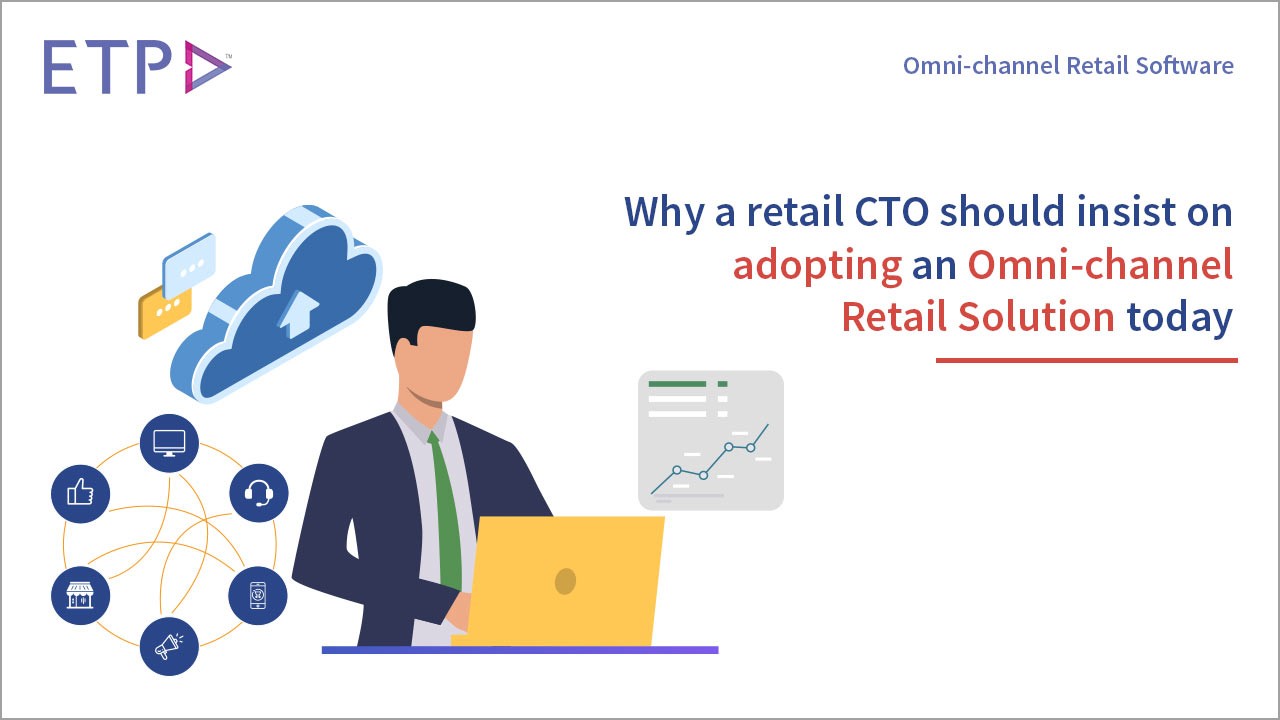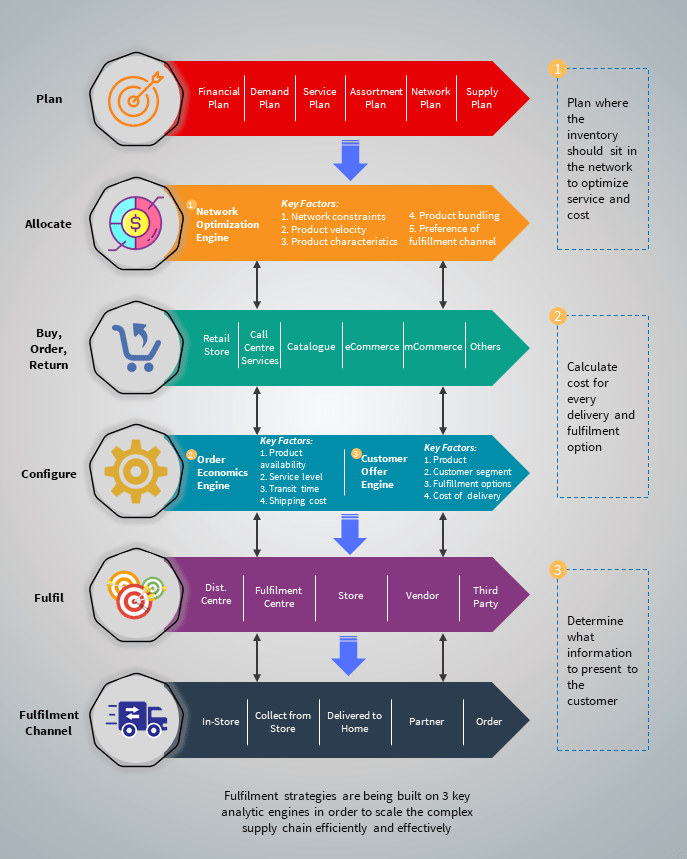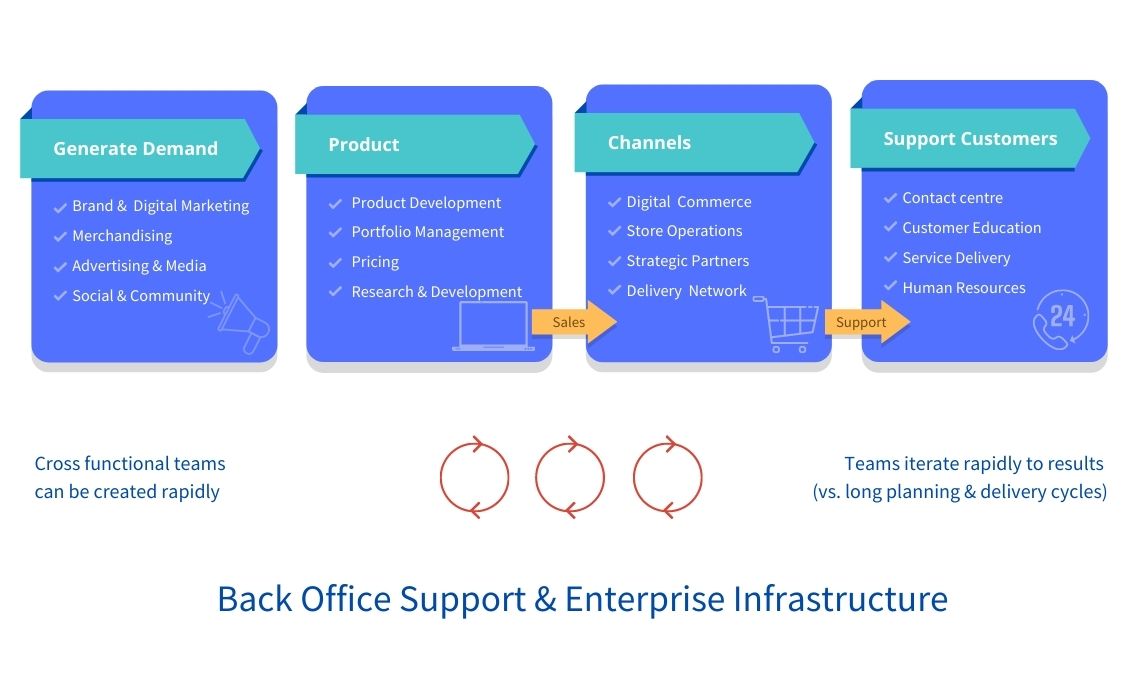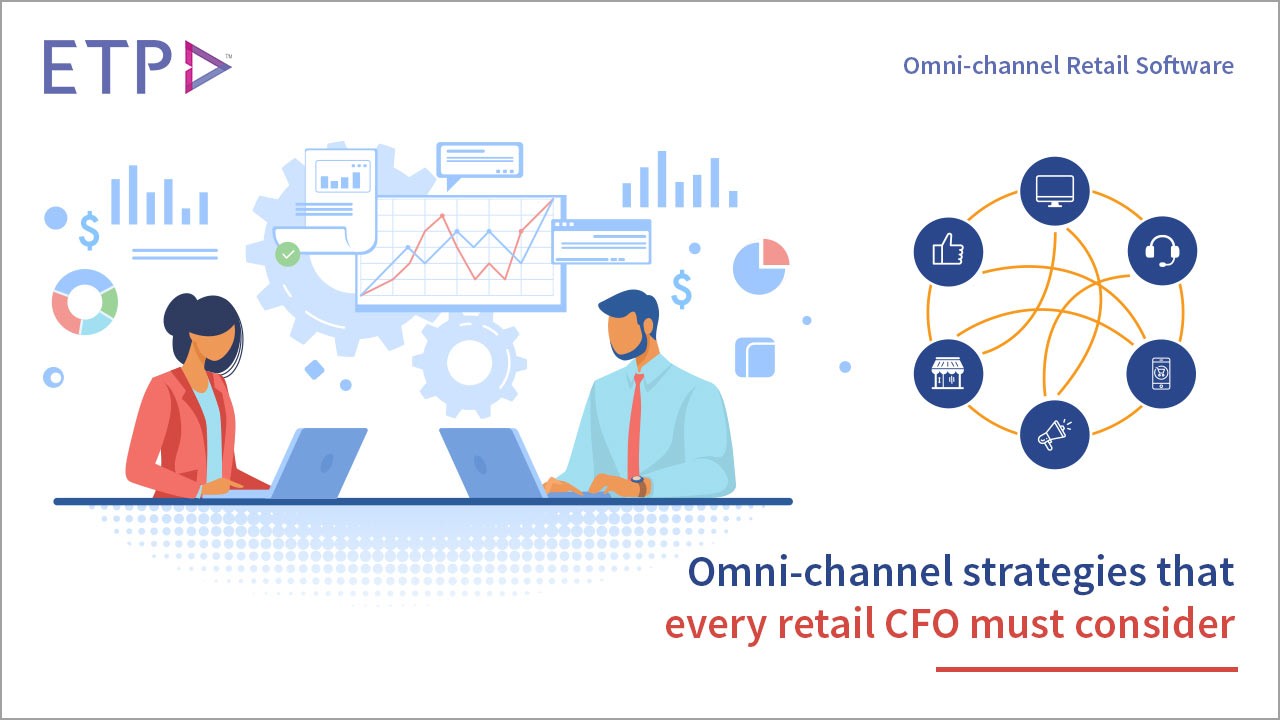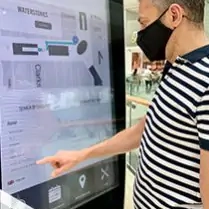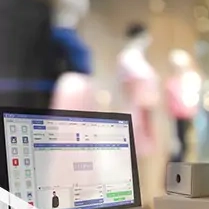What omni-channel capabilities do you really need to enable business success?
Technology plays a crucial role in omnichannel in tying the back office with the front-end infrastructure. Retailers need the ability to manage their resources, inventory, and suppliers, and connect them all the way through the retail value chain for understanding how they should deliver products and then identify key customer insights in the pre-and post-purchase experience.
To enable that, there are some key capabilities for omni-channel – the basic building blocks: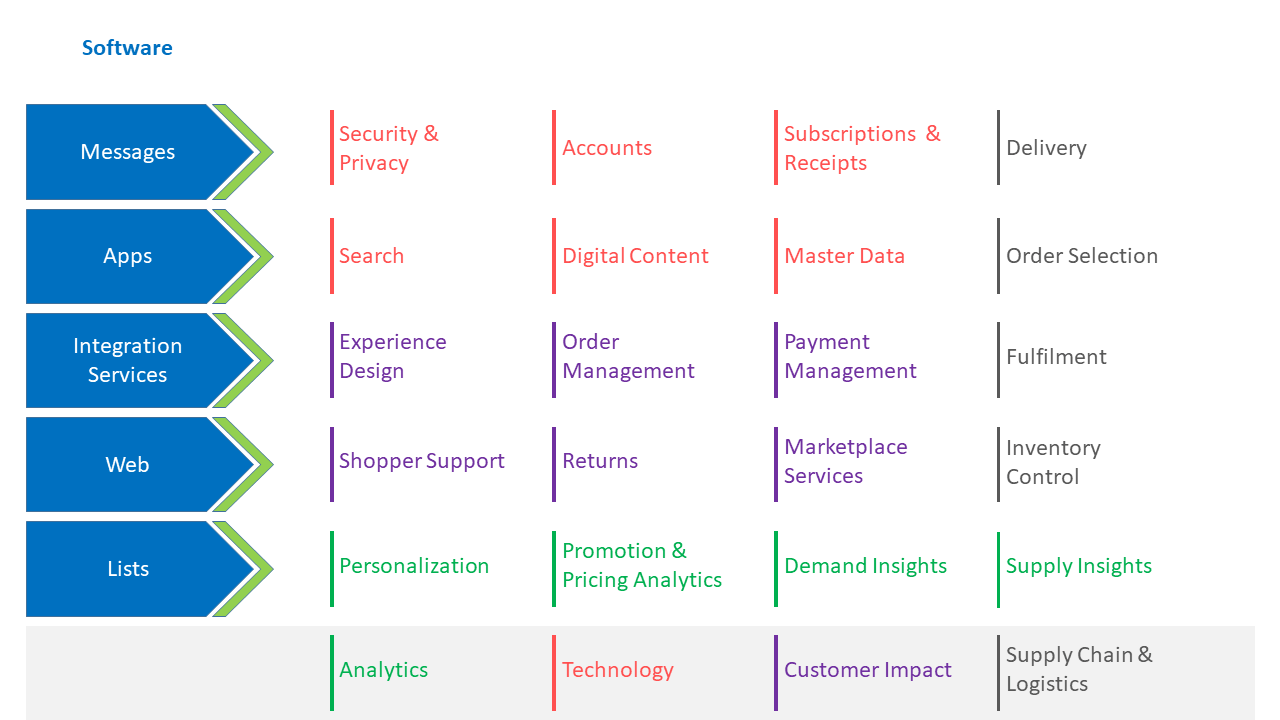
There are some key capabilities that the retail business needs for being truly Omni-channel and some basic building blocks with respect to:
- How do you impact your customer?
- How are your supply chain and operations set up?
- Do you have the right software, underlying technology, and infrastructure to enable analytics that can drive new insights through the retail value chain so you can respond to your customers’ changing demands and desires in the omni-channel experience?
Omni-channel capabilities must provide rich customer data and insights across contacts, channels, sales, lifecycle, and more to serve as the cornerstone of all Omni-channel efforts.
Key elements (as seen in the building block diagram above) are –
- What are you doing in terms of messaging?
- How are you integrating services?
- How are you managing your lists to direct the customer experience?
- How are you enabling to show content and search all the way through your experience, design, and the personalization you are driving through analytics?
How do you meet the customer’s expectations in terms of a seamless experience?
One area to address this is the ability to plan inventory for the new challenges of the omni-channel environment where you are not wholly sure where your demand is going to come from and how your customers want to receive your products. Omni-channel inventory management processes depend upon balanced planning and robust analytics to effectively scale the supply chain efficiency to serve the new omni-channel customer in today’s Omni-environment.
To enable these analytic engines and to improve customer experience, organizationally one of the key requirements is that companies need to break down the silos for omni-channel success. In traditional retail, there are silos set up that control – the development and the buying of the products, the channels of distribution, and how do you actually support your customer’s purchase. Companies that can group leaders across the functions and the silos to share teams and to share incentives, will have the most success in meeting customer needs in today’s new omni-channel environment. An agile approach to breaking down silos is necessary for omni-channel success.
Logistics & Supply Chain Management are two of the main aspects of technology investments that are an important enterprise infrastructure to better facilitate the omni-channel experience effectively. Retail businesses today have more trading partners with fewer common currencies, languages, and regulations. Costs incurred through longer cycle times, increasing raw materials and labour costs, and a tightening freight environment are encroaching on profit margins. Fulfilment is often hindered by poor distribution strategies. The success of a global supply chain’s omni-channel upgrade is now dependent on:-
- Visibility
- Gain overall visibility into every channel
- Weighing benefits of production locations
- Reduce overheads and inventory
- Manage risks effectively
- Agility
- Highly interlinked world economy
- Volatile demand across markets
- Quickly trace and proactively manage
- Data Integrity
- Key data needs to be centrally controlled and available to every channel
- Data such as products, promotions, customer information, and order histories
With today’s customers being more powerful than the purveyor of goods, out-of-stocks are unacceptable; customers will go elsewhere. You should be able to offer your customers universal inventory availability – any item, anywhere, anytime!
In order to deliver this, one strategy gaining momentum is cross-channel fulfilment. Retail technology should be able to leverage store inventory and personnel to fulfil store and online orders, recapturing sales that would have been lost due to out-of-stock conditions. This enables the business to sell through select store merchandise at higher margins based on specific criteria such as end-of-life products.
A global leader in apparel retail has replaced over 40,000 cash registers to enable their omni-channel strategy to work by leveraging stores as online order fulfilment centres, equipping store personnel with web-enabled tools to check product availability across other nearby stores and place orders, and tap into all available inventory in real-time in order to meet demand, boost sales, reduce markdowns, and increase inventory productivity across all channels. The retailer has reported that this has helped the company’s overall sales grow by $1 billion each year over the last 3 years.
Investing in the right retail software solutions would enable you to integrate planning systems for all channels and connect front-end order management to back-end technology infrastructure. Not having to take a markdown and not having to build more warehouses is every merchant’s dream! And having the right technology that not only fulfils this, but also secures future investments in enterprise technology is every Technology Officer’s dream!
Related articles:



